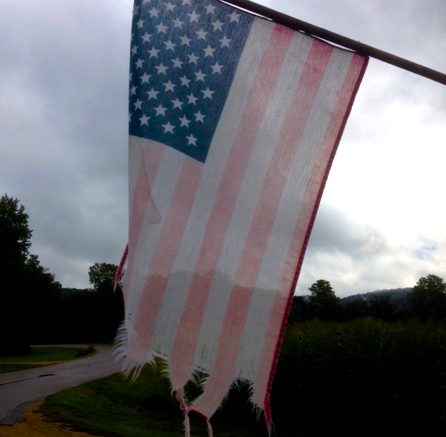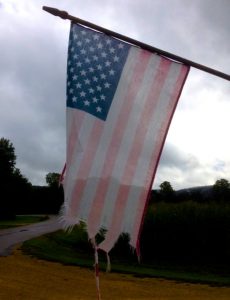As more and more souls simply vanish, the true scale of this expanding tragedy is unknown.
By Sophie Smith
NACLA (11/8/18)
Nine miles inside the United States, in the vast quiet of the saguaro-studded Sonoran Desert, half a dozen plainclothes Border Patrol agents in bulletproof vests shove a handcuffed 15-year old Salvadoran boy into the back of an unmarked vehicle. The skin of the earth bakes to 117°F. Two miles to the west, a Black Hawk helicopter chases a group of teenagers migrating through rural ranchlands, flying low to kick a brown cloud of dust, cacti, and gravel 20 feet into the air. A Guatemalan child fleeing the fury of the machine runs into the yard of a resident caretaker, screaming for help, vomiting. Six miles to the south, a tactical squad of border cops armed with long guns and night vision goggles tracks a 12-year old Honduran girl with no shoes. Three miles to the north, in the folds of an isolated dry river bed, the remains of a recently deported father turn skeletal and disappear to dust. Thirty-five miles to the southwest, in the snaking tunnel of the Nogales, Sonora/Arizona Port of Entry, dozens of Salvadoran asylum-seeking children camp out for days on the concrete, drinking donated sodas and propping flattened cardboard boxes up against a glass window that reveals travelers with passports moving rhythmically past armed customs agents, through the turnstiles, and out into the light of day.
This collage of recent incidents witnessed by those of us residing in the militarized zone of the southwest borderlands represents just a handful of the daily harms Central American children and their families have endured at the hands of Border Patrol operations in the rural desert over the last six months. This scenario promises to escalate as the Trump administration is moving to deploy up to 15,000 active-duty U.S. troops to the region. Although these scenes of
As the years drag on and the disaster grows to ensnare new refugee populations, the scene of mass death on the border appears to be less and less newsworthy, and more and more a matter of course.
struggle are blatant to those of us living and working in the region, the ongoing fight for survival taking place in this remote U.S. enforcement terrain has remained stubbornly obscure in the mainstream news cycle. Over the last two decades of increased border security operations, mention of the violence of immigration enforcement has been fleeting if not fully absent from the national conversation.
State terror
This all seemed to change over the summer when the plight of Central American refugee children being separated from their parents by U.S. Immigration and Customs Enforcement (ICE) burst onto the media landscape. With the popularization of the call to “#abolishICE,” a chorus of voices across the political spectrum rightly decried the practice of isolating children from their parents in lock-up, asserting that such measures only propel refugees back into mortal danger in their countries of origin. Consequently, there is a growing popular consensus that the logic of abducting children as a deterrent to seeking asylum in the United States represents a form of state terror.
Yet, what is missing from this important moment of exposure is the third disastrous consequence of the policy of child separation and family incarceration: if denied official safe haven within U.S. borders, asylum-seekers do not only face possible death when deported back to their home countries. They also face possible disappearance in the remote deserts of the southwest borderlands …
(Commoner Call photo by Mark L. Taylor, 2018. Open source and free for non-derivative use with link to www.thecommonercall.org )


